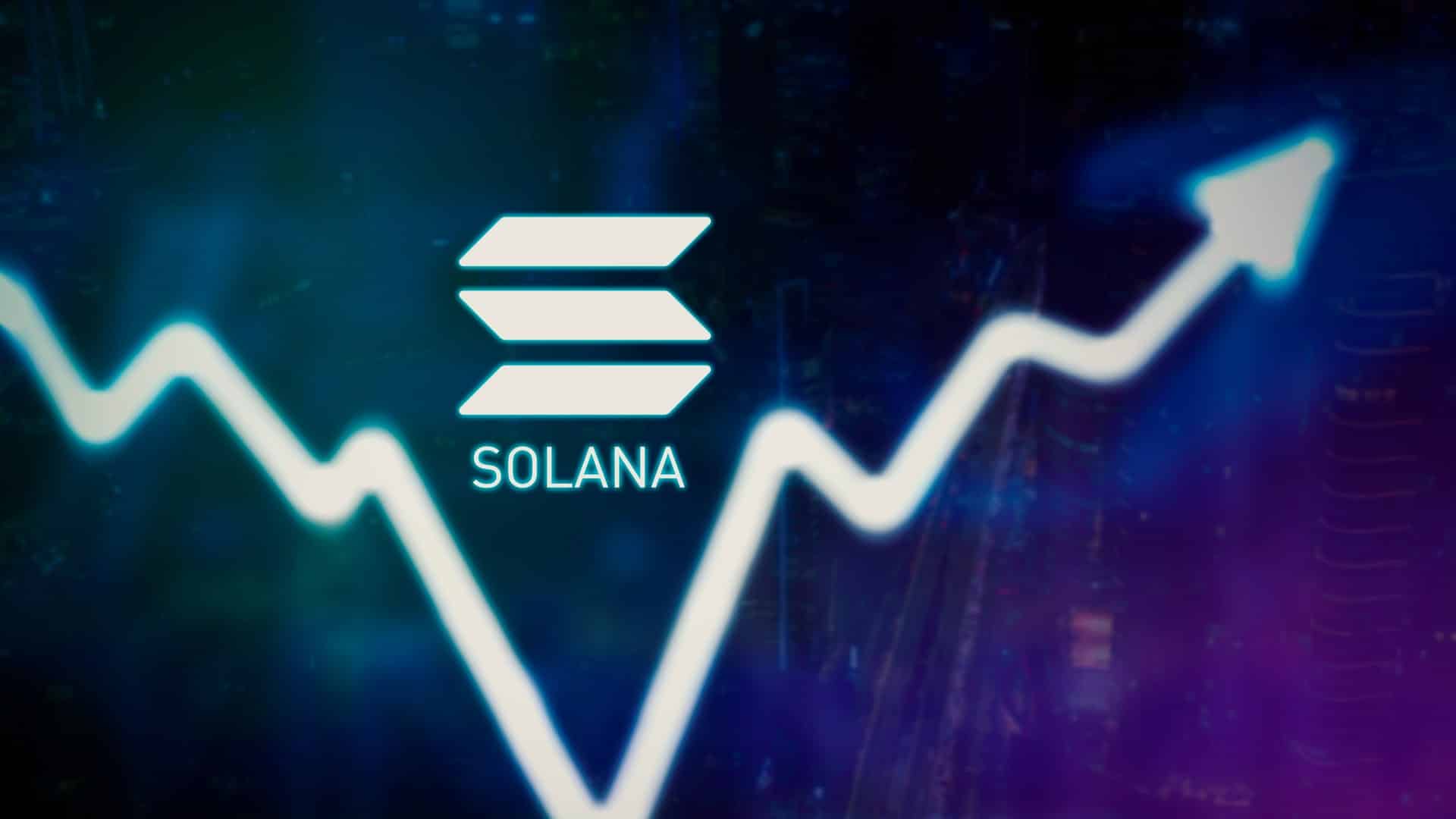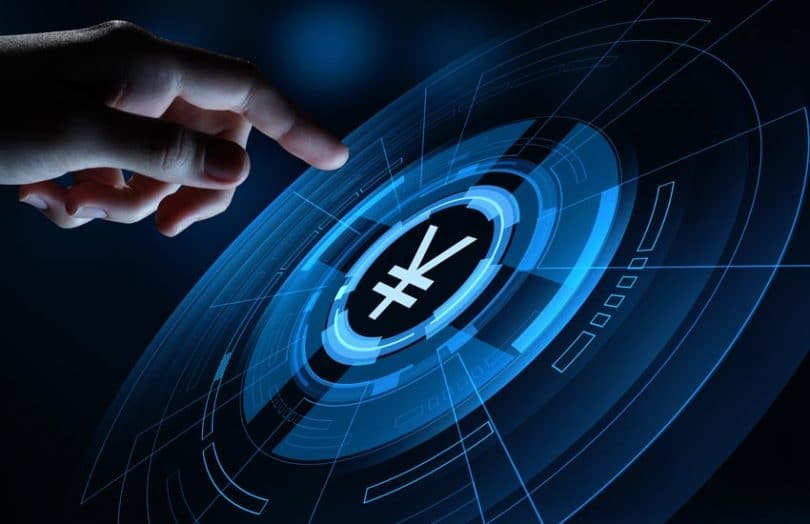One of the three pillars of the EU Commission’s Digital Finance Pact from 2022 is the creation of a so-called “Regulatory Sandbox” for market infrastructures based on distributed ledger technologies. On June 2, 2022, the European legislator finally published the final version of its DLT Pilot Regime.
The new regulation will apply from March 23, 2023. However, the DLT Pilot Regime has nothing to do with crypto assets such as BTC or Ether. Rather, the new regulation is about creating a temporary, simplified supervisory framework for investment firms, market operators and central securities depositories who want to trade in tokenized securities within the meaning of MiFID II regulation on regulated markets.
The regulation will create easier conditions for DLT-based multilateral trading facilities (DLT MTF), securities settlement systems (DLT SS) and payment and securities settlement systems (DLT TSS). The aim of the pilot regime is to enable trading in tokenized securities (security tokens) on regulated markets in the EU.
Why is a DLT pilot regime needed for organized security token trading?
In recent years, there have been numerous issues of security tokens worldwide – and also in the EU – which, according to the applicable financial market regulations, were to be classified as transferable securities within the meaning of MiFID II. However, the tokens were regularly offered outside of regulated markets. A listing of tokenized securities on regulated stock exchanges and multilateral trading systems did not take place.
The background to this is that for a security to be admitted to trading on organized markets, it must be booked in the securities book of a central depository. The central securities depository has the task of ensuring the safe custody of the (documentary) security and the correct documentation of the transactions carried out in relation to the respective security. Both aspects are of essential importance for the functioning of professional trading on an organized market.
According to the applicable regulations, these tasks are not performed by the market operator itself, but by a trustworthy third party, the central securities depository. In the case of tokenized securities, instead of a document to be kept, there is only a number of security tokens that the respective holders can keep and transfer themselves. Depending on the underlying DLT in the individual case, the transfer of a security token can take seconds, minutes or even hours, which is impractical for organized trading.
The DLT Pilot Regime will allow securities firms and market operators to either take over the tasks of the central securities depository themselves or to temporarily relieve them of them if certain requirements are met.
In order to benefit from the privileges created by the DLT Pilot Regime, investment firms, market operators and central securities depositories will have to apply for special permits, in which they have to explain to the competent authority under national law why they should be granted simplifications, what precautions they should take have made in technical terms to ensure the level of protection for all parties involved and what transitional regulations they create in order to be able to manage the transition to proper regulation when the DLT Pilot Regime expires.
The DLT Pilot Regime will initially apply for three years. The member states will then report their experiences with the pilot regime to the European Securities and Markets Authority (ESMA) in order to create a basis for a decision on extending the validity or creating subsequent regulation.
Is dot-com-like bubble in the current crypto sector
- Bonk Price Analysis – November 19, 2024: Bark or Bite? - November 19, 2024
- CEO Ripple Labs Criticized for Promoting XRP and CBDCs in Alleged Meeting with Trump - November 18, 2024
- Pepe Price Analysis 18/11/2024: The Amphibian Chronicles - November 18, 2024






















